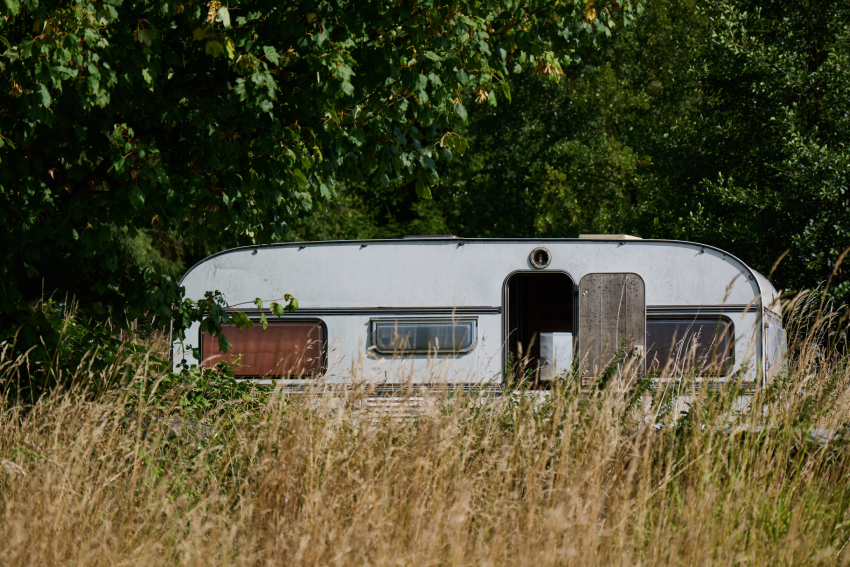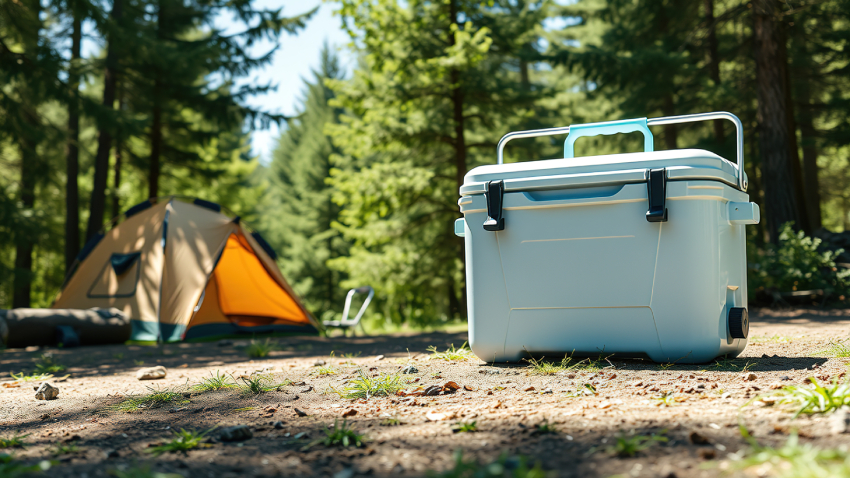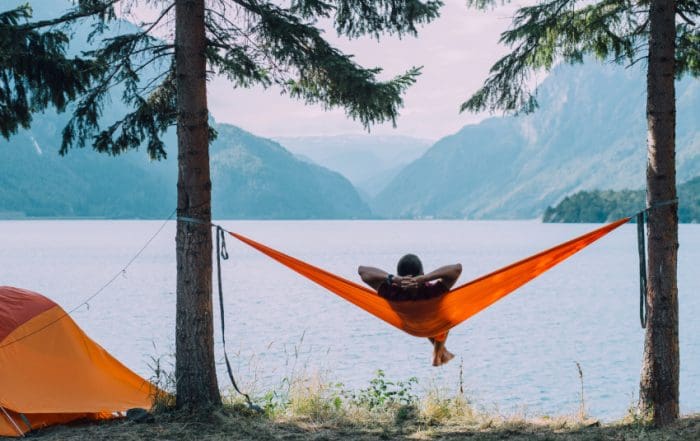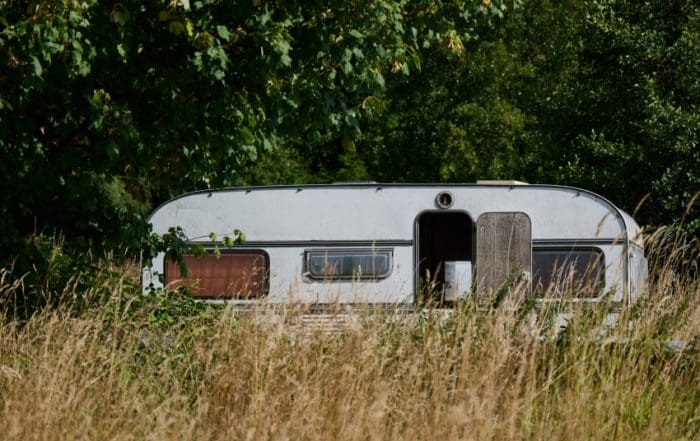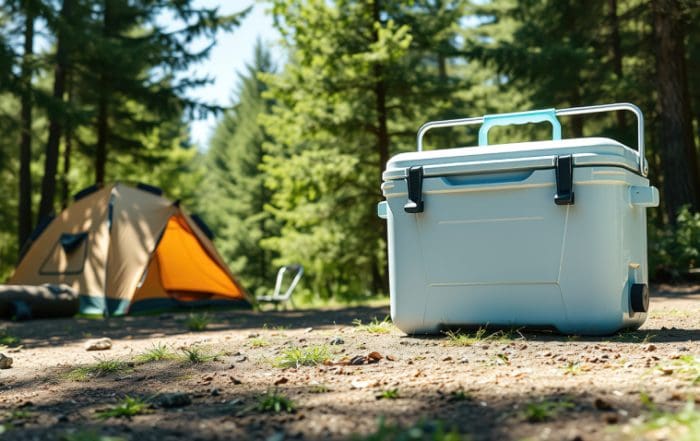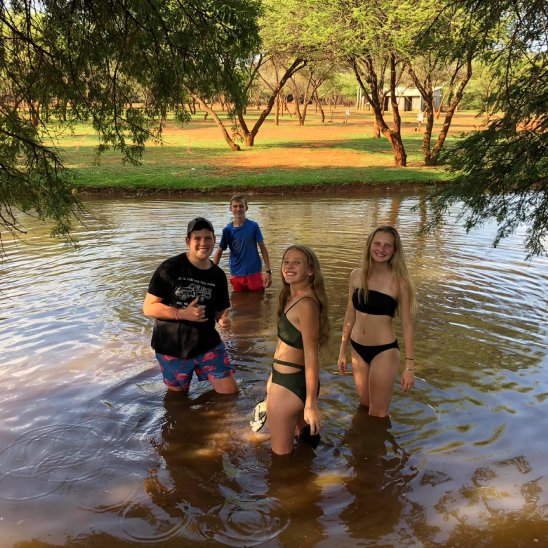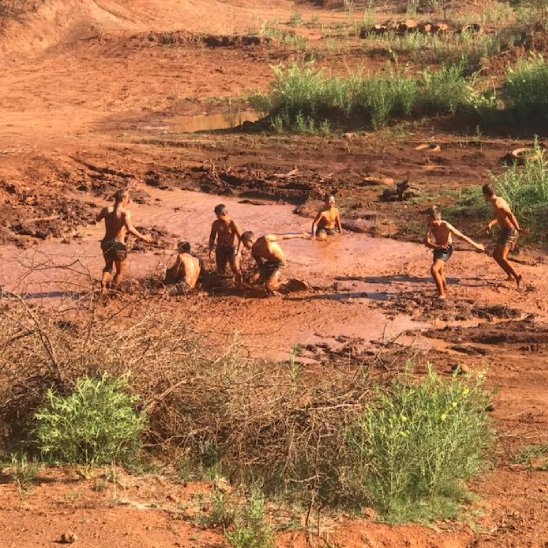Dealing with mould in caravan situations is like fighting a passive-aggressive enemy that strikes when you're not looking and leaves evidence of its victory for everyone to see and smell. Here's what most caravan guides won't tell you upfront: moisture problems are practically inevitable in small, enclosed spaces where people cook, shower, and breathe, but the industry pretends you can prevent them with enough expensive products and vigilant maintenance. Whether you're a regular at our caravan park, understanding moisture reality will save you money, frustration, and the embarrassment of opening your caravan to discover it smells like a forgotten gym bag.
Preventing Your Caravan From Getting Damp
Ventilation solves more moisture problems than all the expensive anti-mould products combined, yet most caravan owners treat it like an afterthought rather than the foundation of moisture management. Stagnant air creates perfect conditions for condensation and mould growth, turning your mobile holiday home into a science experiment you didn't sign up for.
Roof vents work continuously when properly maintained, but many caravans come with inadequate ventilation that prioritises manufacturing costs over actual functionality. Adding extra vents or upgrading existing ones provides better air circulation, though it requires admitting that the manufacturer's original design was insufficient for real-world use.
Moisture sources inside caravans multiply faster than you'd expect from such a small space. Cooking adds humidity, showering creates steam, and even breathing contributes moisture to the air. Wet clothes, towels, and bedding turn your caravan into a humidity generator. Address these sources directly rather than trying to manage their effects after moisture has already saturated everything.
External moisture intrusion often goes unnoticed until damage becomes visible and expensive to repair. Check seals around windows, doors, and roof fixtures regularly, because small leaks create big problems over time. Water intrusion combined with warm temperatures creates ideal mould growing conditions that turn minor maintenance issues into major renovation projects.
Storage preparation prevents problems during extended periods of non-use, but requires more effort than most people want to invest. Remove all textiles, food, and moisture-absorbing items before storing your caravan. Leave cupboards and storage areas open to promote air circulation. Use moisture-absorbing crystals or desiccant packs in enclosed spaces, though they're not magical solutions that eliminate the need for proper ventilation.
How to Check a Caravan for Damp
Visual inspection reveals obvious problems but misses early-stage moisture issues that are already causing damage behind the scenes. Look for discolouration, staining, or bubbling on walls and ceilings. Check areas around windows, doors, and roof fixtures where water intrusion commonly occurs. Soft spots in walls or floors indicate advanced moisture damage that's probably more extensive than it appears.
Moisture meters provide objective measurements that visual inspection can't match, though they require investment in equipment that most casual caravan users don't want to buy. Electronic moisture meters detect elevated moisture levels in walls, floors, and furniture before visible damage appears. Consider this investment if you own a caravan or plan to purchase used units where previous moisture problems might be hidden.
Smell often indicates moisture problems before visual signs appear, and your nose is more reliable than most people realise. Musty, earthy odours suggest mould growth even when you can't see it. Trust your olfactory instincts—if something smells wrong, investigate further rather than hoping the problem will resolve itself. Don't mask odours with air fresheners without addressing underlying causes.
Hidden areas require special attention during inspections because moisture problems often start in locations you can't easily see. Check behind furniture, inside storage compartments, and under mattresses. Remove access panels to inspect areas behind walls and under floors. Moisture problems love to hide in these spaces and spread outward, where you'll eventually notice them.
Professional inspections provide expertise that casual checks can't match, but they cost money that many people prefer to spend on other things. If you suspect serious moisture problems or plan to purchase a used caravan, consider hiring a qualified inspector. Professional assessment can save thousands in repair costs or help you avoid purchasing someone else's moisture nightmare.
How to Dry Out a Damp Caravan
Immediate action prevents minor moisture problems from becoming major disasters that require professional remediation. Remove all wet items from the caravan immediately—every towel, piece of clothing, and moisture-retaining material needs to go. Address the source of moisture before attempting to dry the interior, because continuing moisture input defeats any drying efforts.
Dehumidifiers work effectively in enclosed caravan spaces but require proper sizing and realistic expectations about their capabilities. Choose units appropriate for your caravan's interior volume, not the largest unit you can afford. Position dehumidifiers centrally for maximum effectiveness. Empty collection tanks frequently to maintain efficiency, because full tanks stop the dehumidification process entirely.
Heat accelerates drying, but must be applied carefully to avoid damaging caravan materials that weren't designed for high temperatures. Gentle, consistent heat works better than intense, short-term heating that can warp surfaces or create new problems. Use multiple small heaters rather than one large unit to distribute heat evenly throughout the space.
Air circulation remains crucial during drying processes, even though it seems counterintuitive when you're trying to control moisture. Open all vents, cupboards, and storage areas. Use fans to move air throughout the interior rather than just circulating it in one area. Create cross-ventilation patterns that carry moist air outside rather than simply moving it around inside the caravan.
Time requirements vary significantly based on moisture extent and environmental conditions, so don't expect overnight solutions to problems that developed over weeks or months. Minor dampness might resolve in days with proper treatment, while serious moisture problems can require weeks of consistent effort. Monitor progress with moisture meters rather than relying on visual assessment, which can be misleading.
What to Do About the Musty Smell in Your Caravan
Odour elimination requires addressing root causes rather than masking symptoms with products that smell like artificial flowers mixed with industrial chemicals. Musty smells indicate ongoing moisture problems or residual mould growth that won't disappear just because you can't see the source. Cleaning visible surfaces won't eliminate odours if moisture sources remain active.
Deep cleaning removes mould spores and organic matter that create persistent odours, but it's more work than most people want to do. Use appropriate cleaning solutions for different surfaces—vinegar solutions work well on hard surfaces, while specialised mould cleaners may be necessary for porous materials. Ensure adequate ventilation during cleaning to avoid inhaling cleaning fumes that can be worse than the original odours.
Activated charcoal absorbs odours naturally without chemical treatments, though it works slowly and requires patience that most people lack. Place activated charcoal bags throughout your caravan, especially in problem areas. Replace charcoal regularly as its absorption capacity becomes saturated. Charcoal provides ongoing odour control but won't solve underlying moisture problems.
Prevention remains more effective than treatment for odour problems, though it requires consistent effort that conflicts with the "set it and forget it" mentality most people prefer. Address moisture sources immediately when they occur. Maintain proper ventilation even when the caravan isn't in use. Regular cleaning prevents organic matter buildup that contributes to musty smells and creates ongoing maintenance requirements.
Book Your Stay and Let Someone Else Handle the Moisture Management
Caravan maintenance challenges become much more manageable when you have access to proper facilities and support services rather than trying to solve everything yourself with internet advice and hardware store solutions. Mbizi Game Lodge & Spa provides well-maintained caravan sites with excellent drainage and electrical hookups that help prevent many common moisture problems. Our experienced staff can provide advice and assistance, allowing you to focus on enjoying your bushveld experience rather than becoming an amateur moisture remediation specialist. Understanding how to prevent and address mould in caravan situations enhances your confidence, whether you're a seasoned caravanner or new to this style of accommodation, but choosing facilities that minimise these problems makes the entire experience more enjoyable. Contact us to learn more about our caravan facilities and book your hassle-free bushveld adventure.


